Home>Ideas and Tips>How To Choose And Install The Right Bathroom Tankless Water Heater
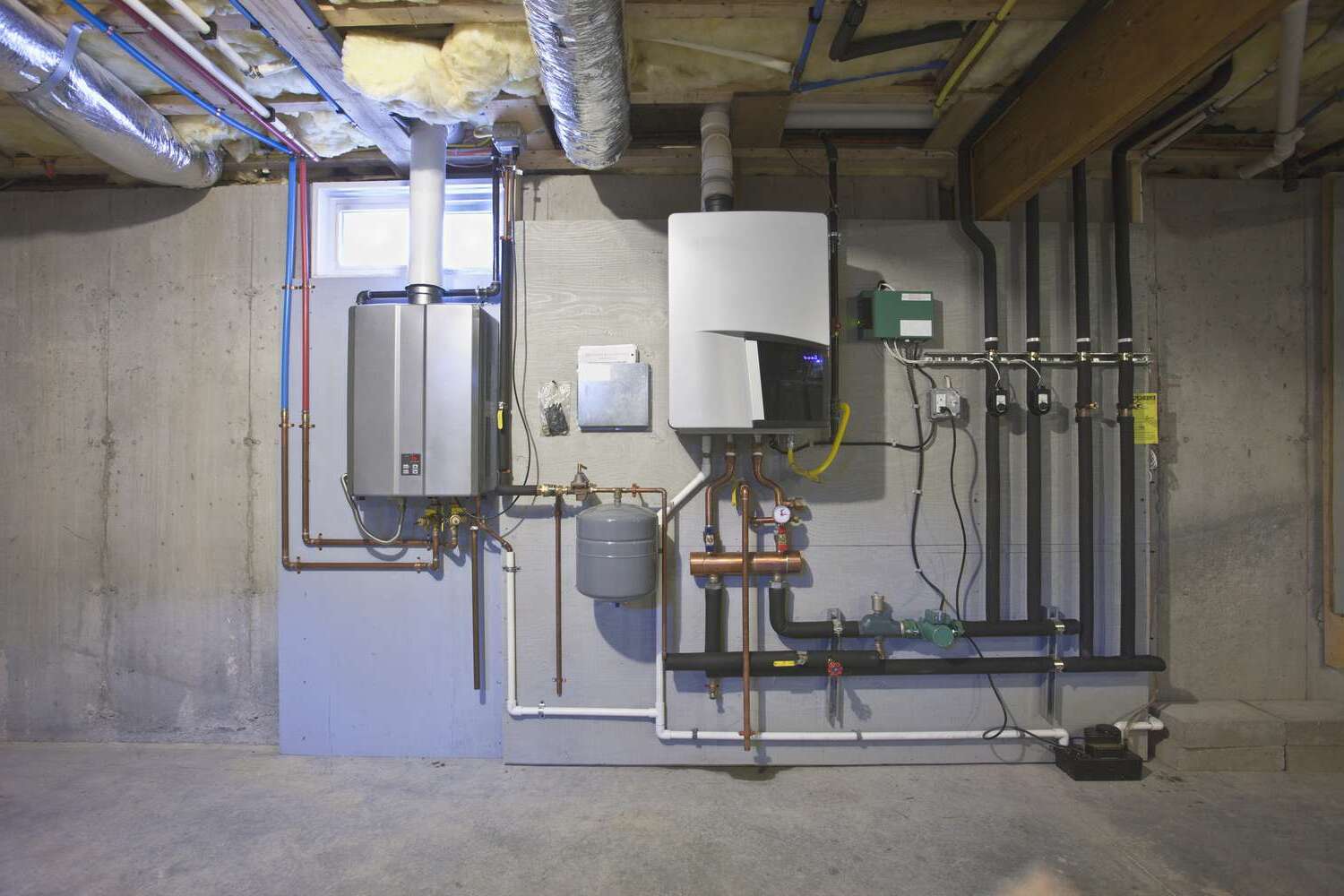

Ideas and Tips
How To Choose And Install The Right Bathroom Tankless Water Heater
Published: September 20, 2024
Learn how to choose and install the perfect bathroom tankless water heater. Get tips on size, capacity, fuel type, and professional installation.
(Many of the links in this article redirect to a specific reviewed product. Your purchase of these products through affiliate links helps to generate commission for Storables.com, at no extra cost. Learn more)
Choosing the right tankless water heater for your bathroom can be a daunting task, especially with the numerous options available in the market. However, with the right guidance, you can make an informed decision that meets your hot water needs efficiently. This article will walk you through the process of selecting and installing a tankless water heater in your bathroom, covering all the essential factors and steps involved.
Understanding Tankless Water Heaters
A tankless water heater, also known as a demand-type water heater, is a freestanding unit that heats your home’s water without requiring a bulky, costly storage tank. This means there's no time spent shivering on cold bathroom tiles waiting for your shower to heat up—tankless water heaters warm your water instantly and with no lag time.
Read more: How To Choose A Tankless Water Heater
Factors to Consider When Choosing a Tankless Water Heater
-
Size and Capacity
-
The size of your tankless water heater is crucial in determining whether it can meet your household's hot water demands. You need to consider the number of appliances and fixtures requiring hot water simultaneously. For example, if you have multiple family members showering at the same time, you'll need a larger capacity tankless water heater.
-
Here are some general guidelines for sizing:
- 3.5 GPM is great if you are planning on using 1 or 2 fixtures simultaneously – good for a single or couples.
- 5 GPM is great for larger families, using 2 to 3 fixtures simultaneously.
- 7 GPM is the best bet for large busy families when using 3 to 4 fixtures at the same time.
-
-
Flow Rate
- The flow rate measures the amount of water that flows from a fixture or appliance in gallons per minute (GPM). To determine your hot-water needs, you need to figure out how many devices the water heater needs to support. List the total number of appliances or fixtures you typically use simultaneously during peak demand, such as washing dishes in the kitchen sink, doing a load of laundry, and showering at the same time.
-
Temperature Rise
- Temperature rise is the difference between the groundwater temperature and the desired hot-water output temperature. This factor is essential because it determines how much energy is required to heat the water to your desired temperature.
-
Fuel Type
- Tankless water heaters come in various fuel types, including electric, gas, and liquid propane. Each type has its own set of advantages and disadvantages:
- Electric Tankless Water Heaters: These are generally more affordable upfront but may require an upgraded power line to your home. They also need a dedicated circuit and should be installed by a licensed electrician.
- Gas Tankless Water Heaters: These produce more hot water using less energy than most tank heaters, saving you energy, space, and money. However, they require a gas line, adequate combustion air, a vent to remove combustion gas, and an electrical outlet to power the unit.
- Liquid Propane Tankless Water Heaters: These are often used in areas where natural gas is not available. They require a gas line and proper ventilation but offer high efficiency and instant hot water.
- Tankless water heaters come in various fuel types, including electric, gas, and liquid propane. Each type has its own set of advantages and disadvantages:
-
Energy Efficiency
- Most new appliances have energy efficiency top of mind. To be on the safe side, look for ENERGY STAR certified appliances and check the energy factor (EF) rating. The energy factor is based on the quantity of hot water produced per unit of fuel consumed over a normal day and is used to calculate a water heater’s energy efficiency.
-
Maintenance Requirements
- Maintaining your tankless water heater will prolong its life and ensure efficiency. Some steps you have to take include:
- Cleaning the exterior: Keeping the exterior clean will help you avoid getting dirt and debris into interior components.
- Descaling the system: If you have hard water, you’ll want to descale mineral buildup or sediment.
- Flushing the unit: Flushing your tankless water heater removes debris.
- Replacing air filters: Clean air filters ensure proper ventilation.
- Maintaining your tankless water heater will prolong its life and ensure efficiency. Some steps you have to take include:
Choosing the Right Location
When choosing a location for your tankless water heater, it's essential to select a spot that's near both a water inlet and an electrical or gas connection. This will make installation easier and ensure that your unit operates efficiently.
Installation Requirements
Installing a tankless water heater requires advanced plumbing and electrical knowledge. Here are the steps involved:
-
Shut Off Power and Water Supply
- Before starting the installation process, shut off both the power supply to the area and disconnect your old water heater. This ensures your safety while working with electrical and plumbing systems.
-
Prepare New Tankless Water Heater
- Follow the manufacturer’s instructions to prepare your new tankless water heater for installation. This may include installing any new water lines necessary for operation.
-
Connect Unit to Power Supply
- Once prepared, connect the unit to the power supply. For electric tankless water heaters, ensure you have a dedicated circuit and consider upgrading your power line if necessary.
-
Install Ventilation
- Proper ventilation is crucial for gas tankless water heaters. Ensure that you install any required ventilation to remove combustion gases safely.
-
Mount Unit in Desired Location
- Mount the unit in your desired location, ensuring it is secure and accessible for future maintenance.
-
Connect Water Lines
- Double-check all fittings to prevent leaks before connecting the water lines to the tankless water heater.
-
Turn On Power and Water Supply
- Once all connections are secure, turn on both the power supply and water supply to test your new tankless water heater.
-
Check Operation
- After turning on both supplies, check to ensure that your unit operates properly. Make any necessary temperature adjustments as needed.
DIY vs. Professional Installation
While it is possible to install a tankless water heater yourself if you have basic plumbing and electrical knowledge, it is highly recommended to hire a professional plumber and electrician for several reasons:
-
Complexity of System
- Tankless water heaters are complex systems requiring precise installation to function correctly and safely.
-
Warranty Requirements
- Some tankless water heater brands require proof of professional installation to secure your warranty.
-
Safety Concerns
- Working with electrical and plumbing systems can be hazardous if not done correctly. Hiring professionals ensures your safety during installation.
Cost Considerations
The cost of a tankless water heater varies widely depending on factors such as brand, model, and installation complexity. Here are some estimated costs:
-
Purchase Price
- The average tankless water heater cost is around $2,600*, but it can range from $1,300–$3,900. High-end brands can cost up to $6,000.
-
Installation Cost
- The national average for tankless water heater installation is around $2,500*. However, this cost can vary significantly based on local labor rates and any necessary upgrades to your gas line or electrical system.
-
Long-term Savings
- Although installing a tankless water heater has higher upfront costs, it uses less energy than traditional tank water heaters, leading to significant long-term savings on utility bills. According to the EPA’s Energy Star program, the average family can save around $100 a year by installing a tankless water heater.
Conclusion
Choosing and installing the right bathroom tankless water heater requires careful consideration of several factors including size and capacity, flow rate, fuel type, energy efficiency, maintenance requirements, location selection, installation complexity, and cost considerations. While it is possible to install one yourself if you have the necessary skills and knowledge, hiring professionals ensures safety and proper functionality. By following these guidelines and making an informed decision based on your specific needs and circumstances, you can enjoy instant hot water without compromising on efficiency or safety.
By following this comprehensive guide on how to choose and install the right bathroom tankless water heater, you'll be well-equipped to make an informed decision that meets your household's hot water demands efficiently. Remember always to consult with professionals if you're unsure about any aspect of the installation process to ensure both safety and optimal performance from your new tankless water heater.
Was this page helpful?
At Storables.com, we guarantee accurate and reliable information. Our content, validated by Expert Board Contributors, is crafted following stringent Editorial Policies. We're committed to providing you with well-researched, expert-backed insights for all your informational needs.
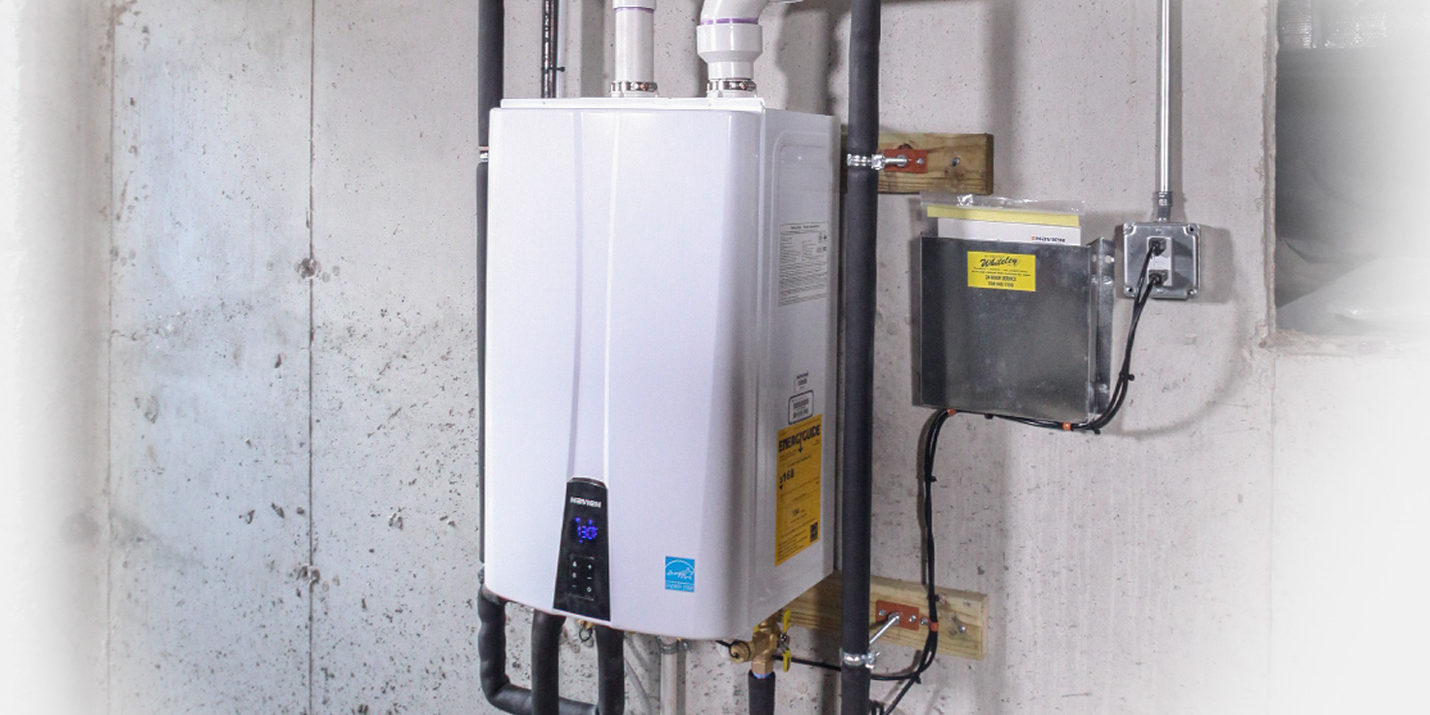
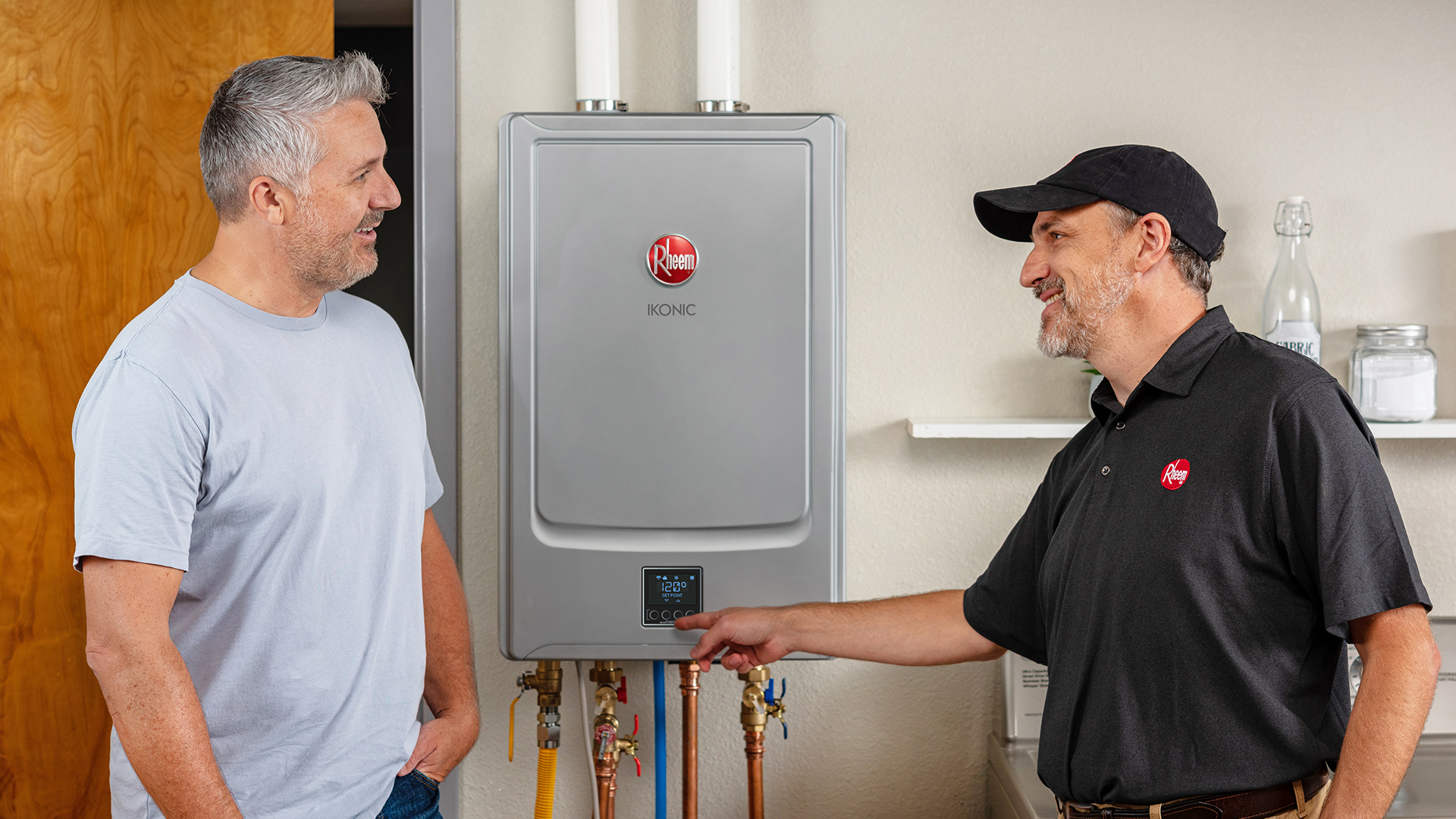
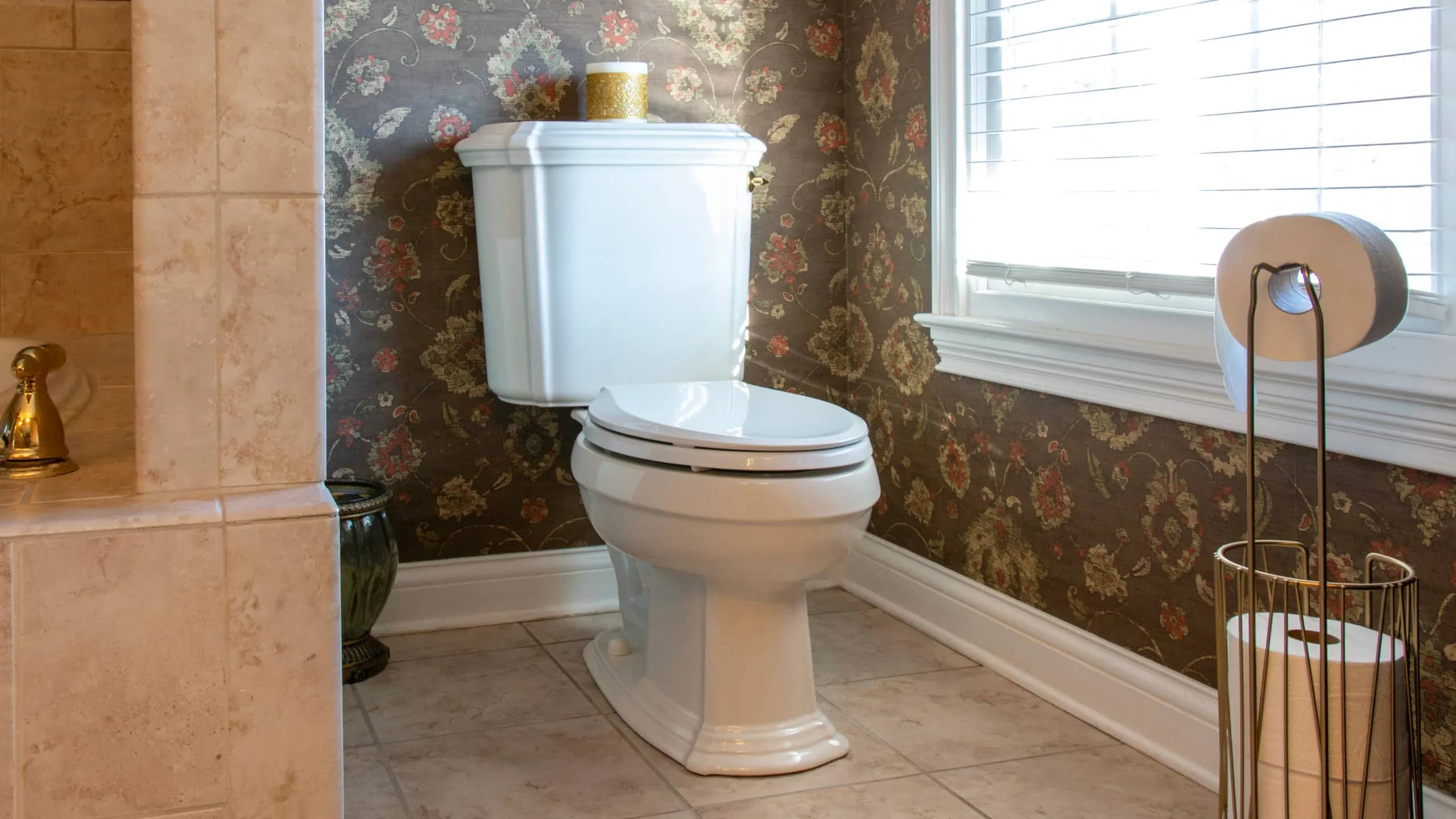
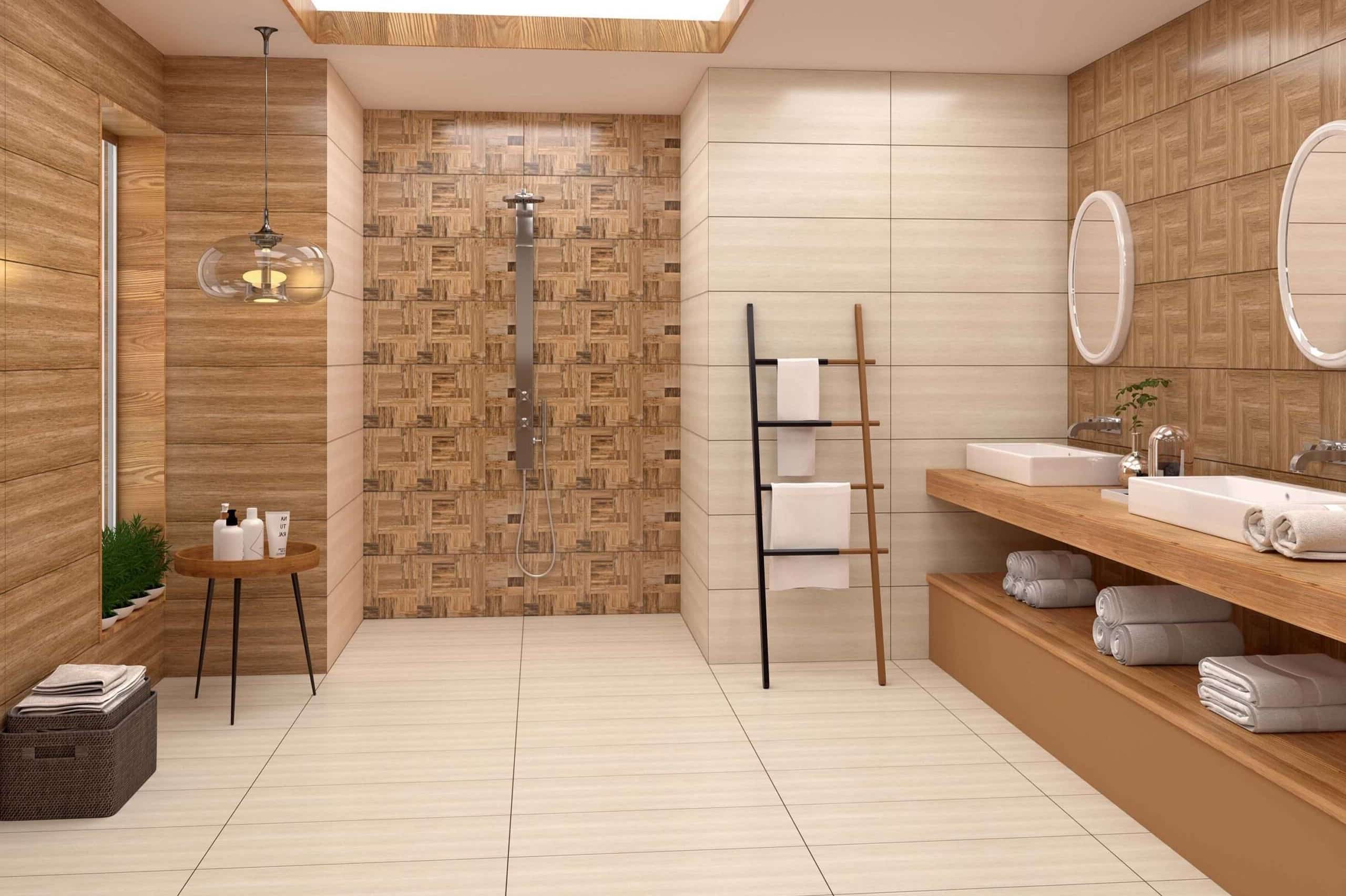
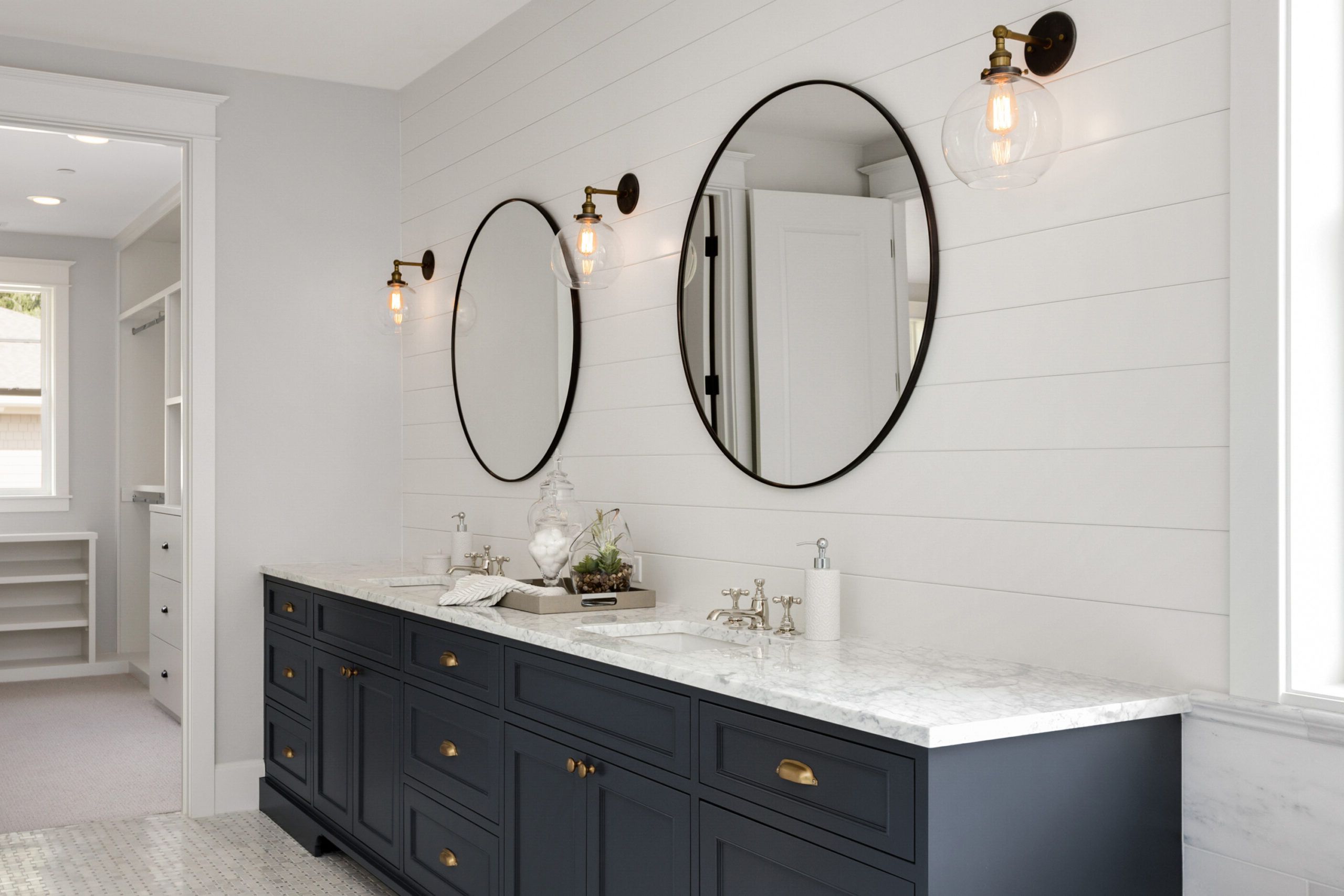
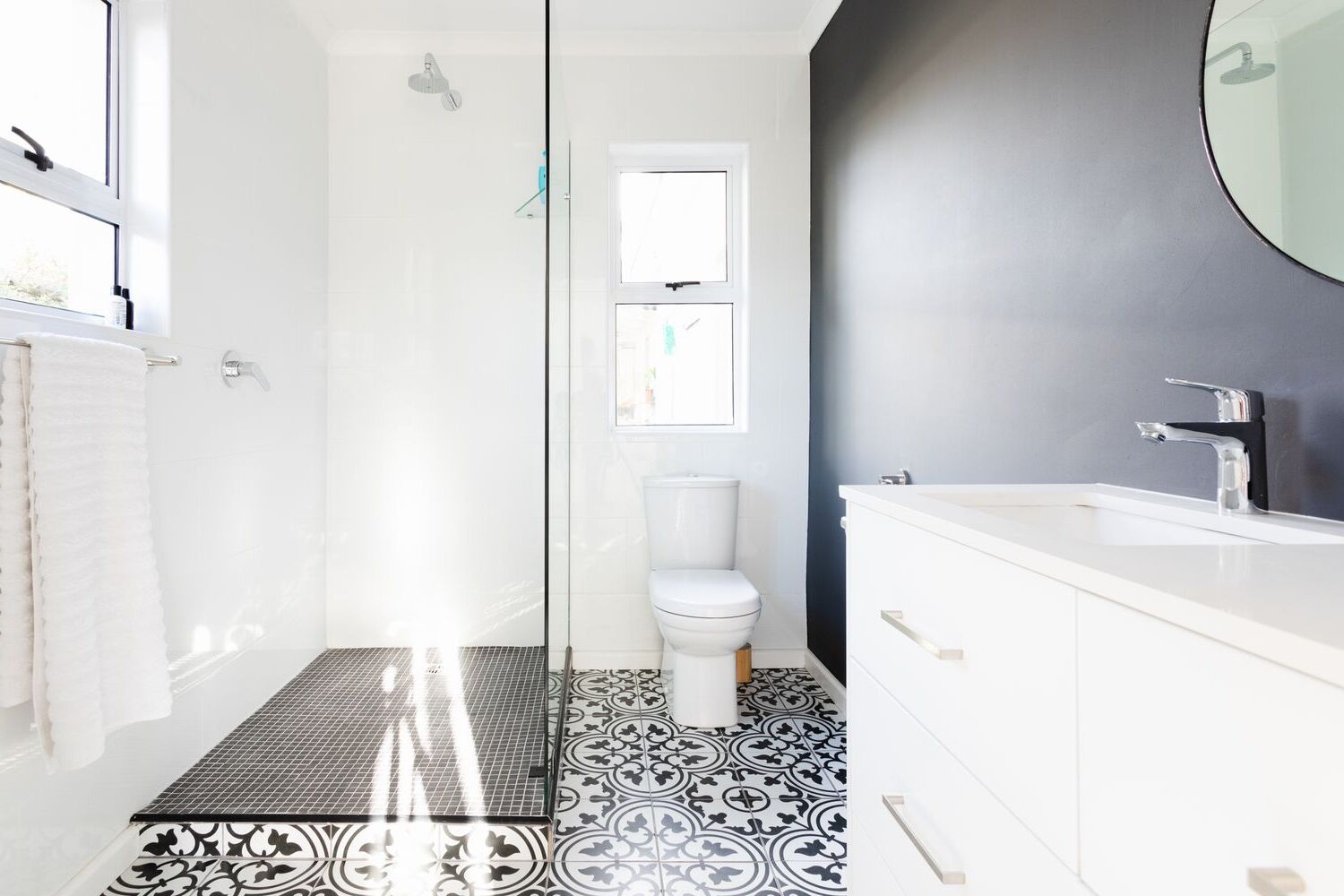
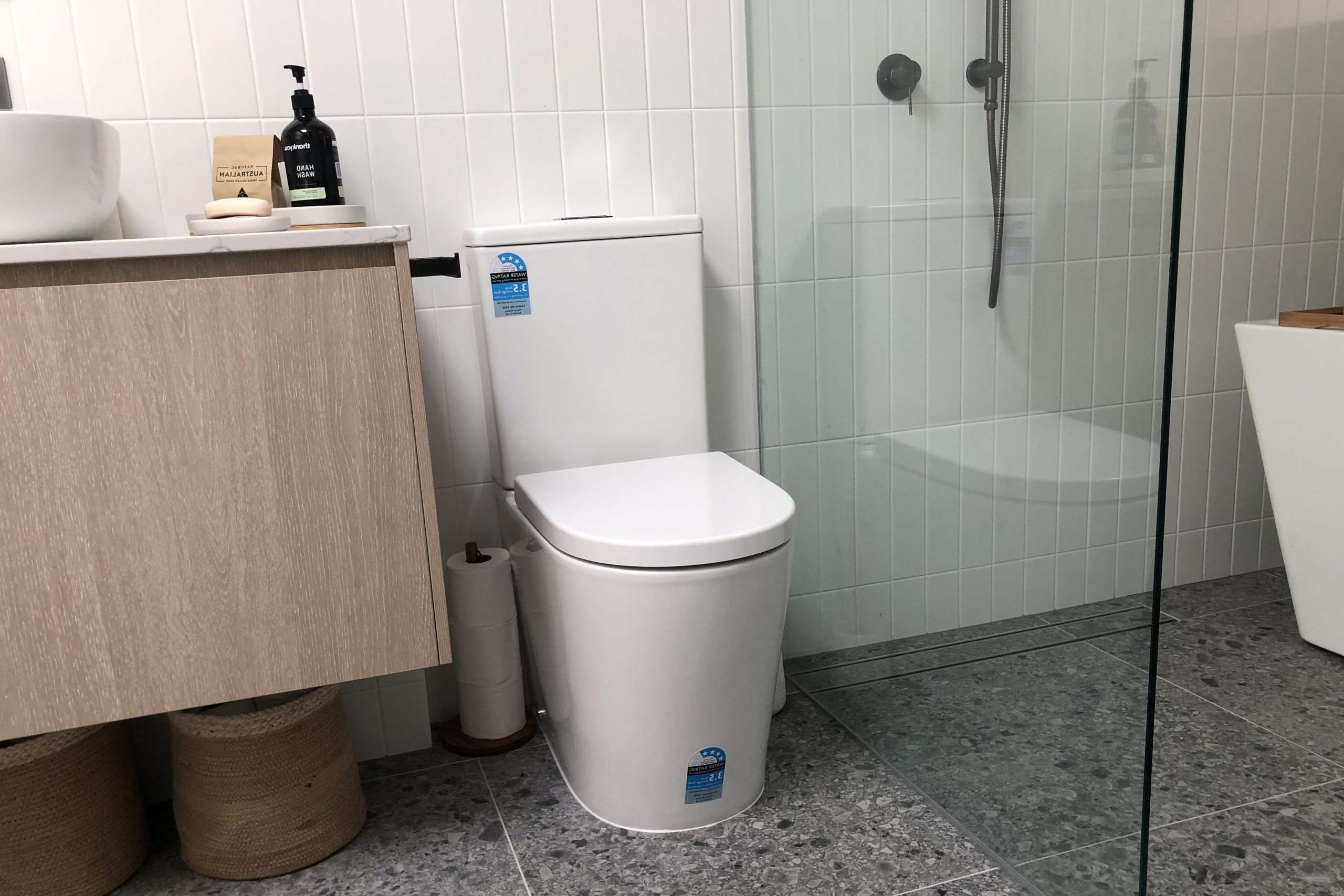


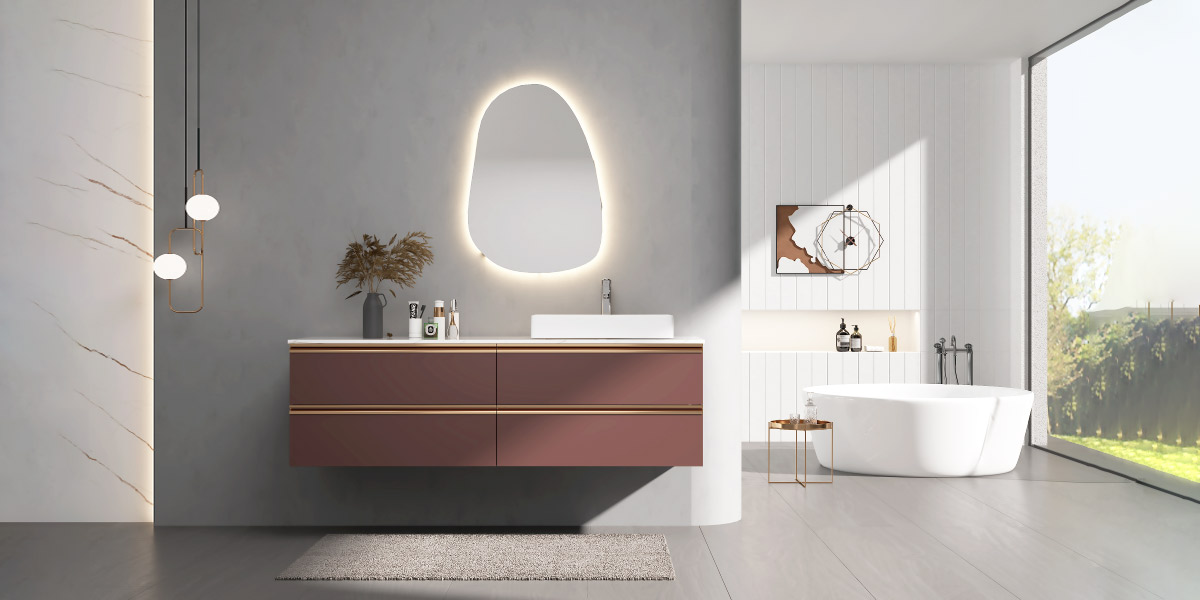
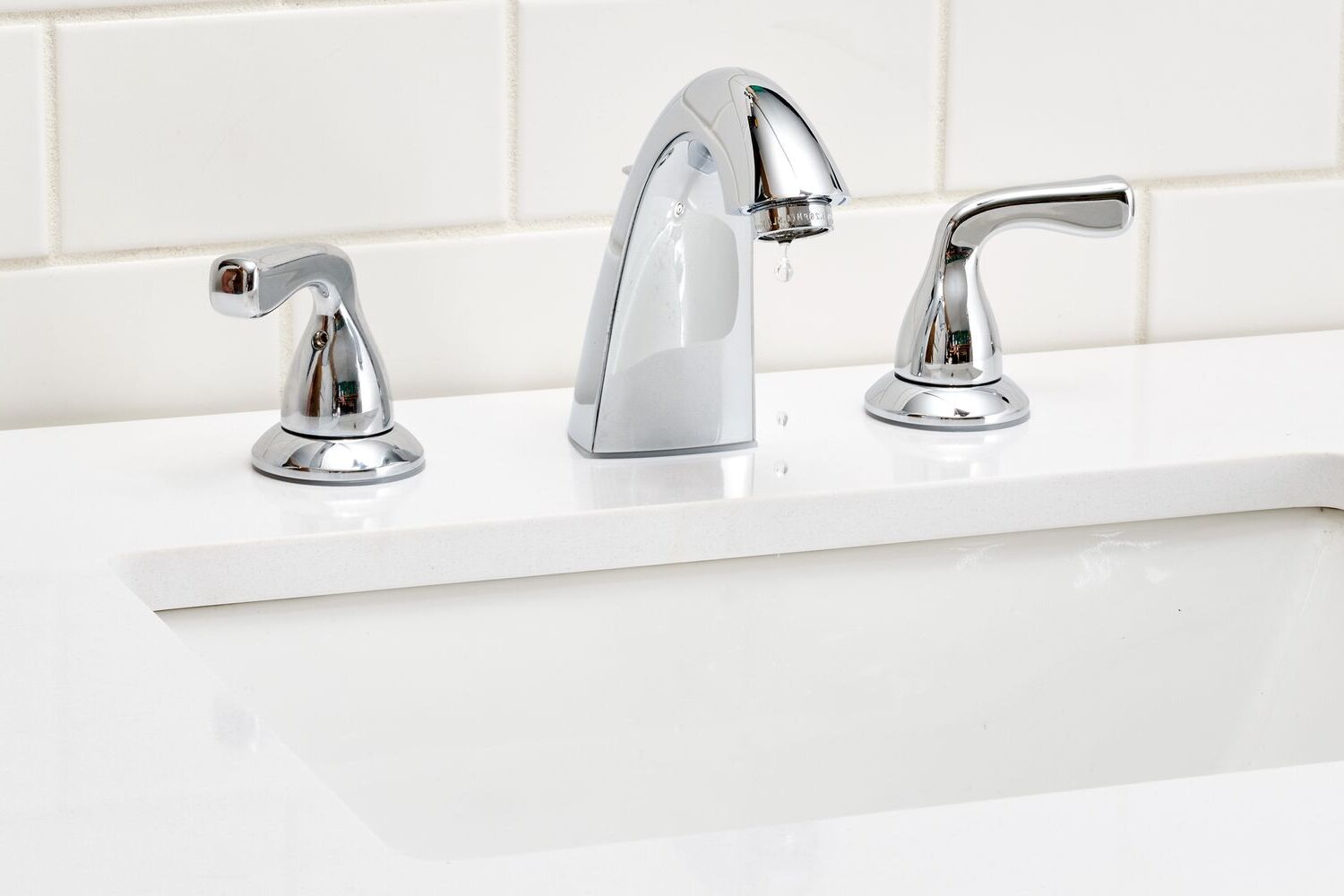
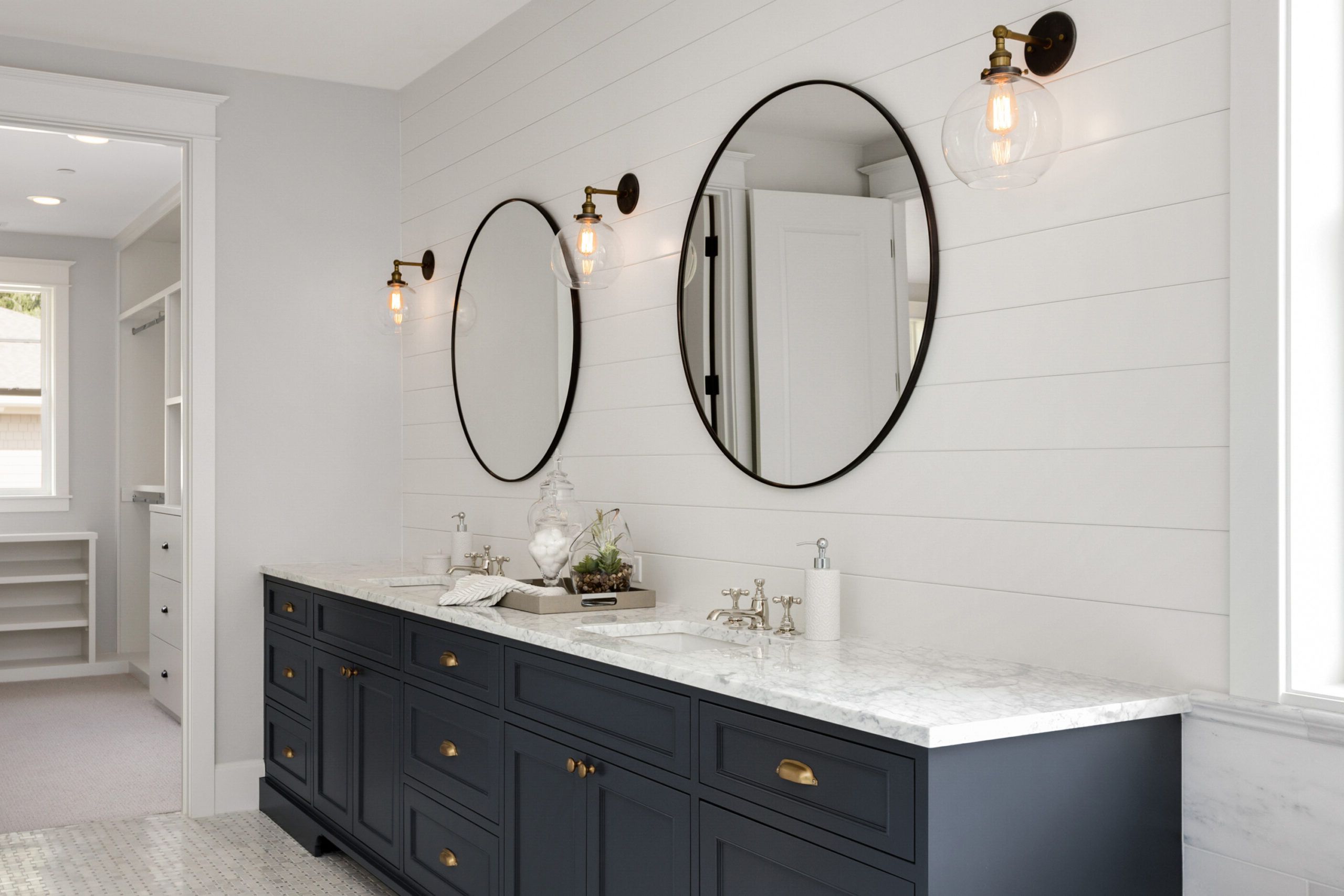
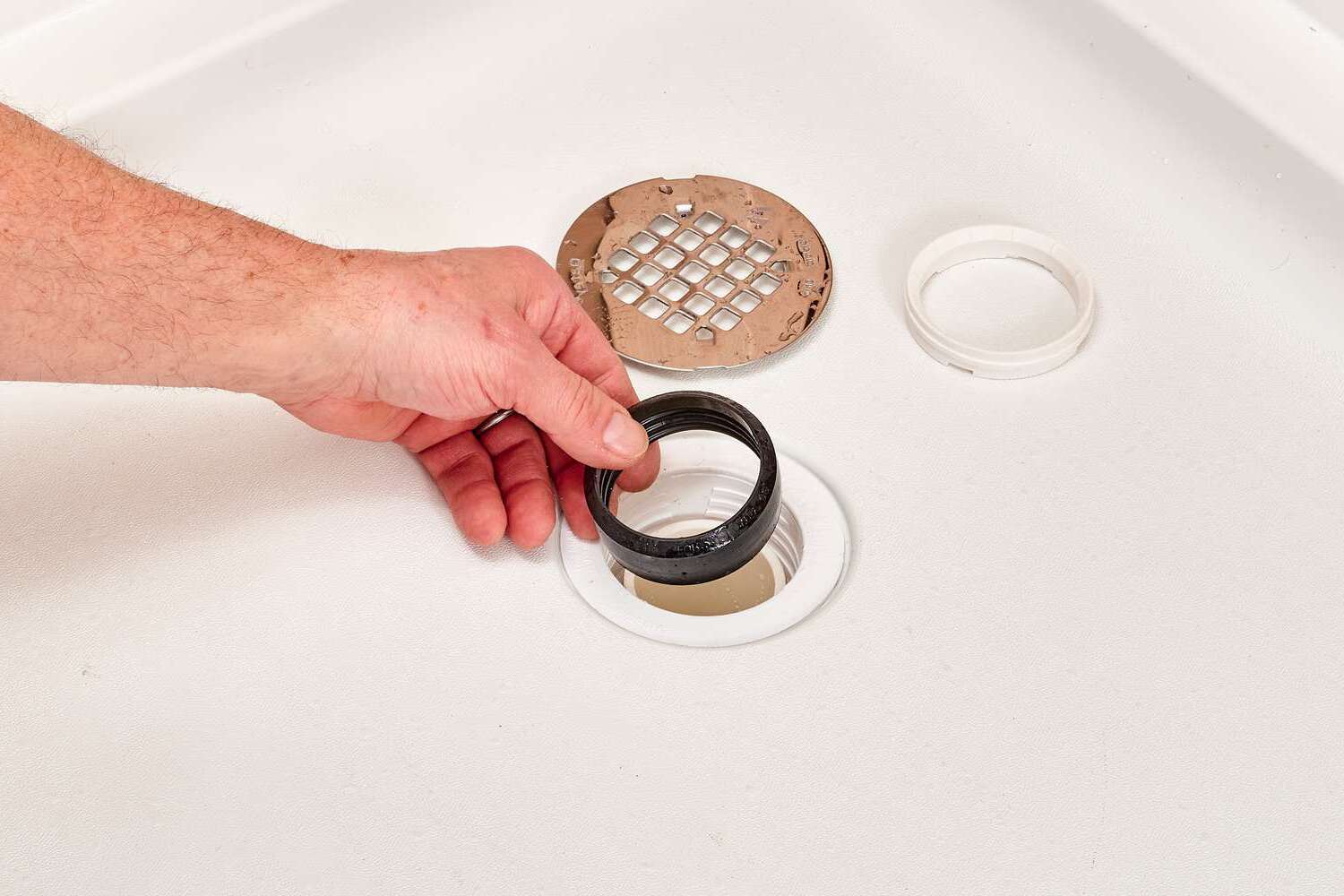
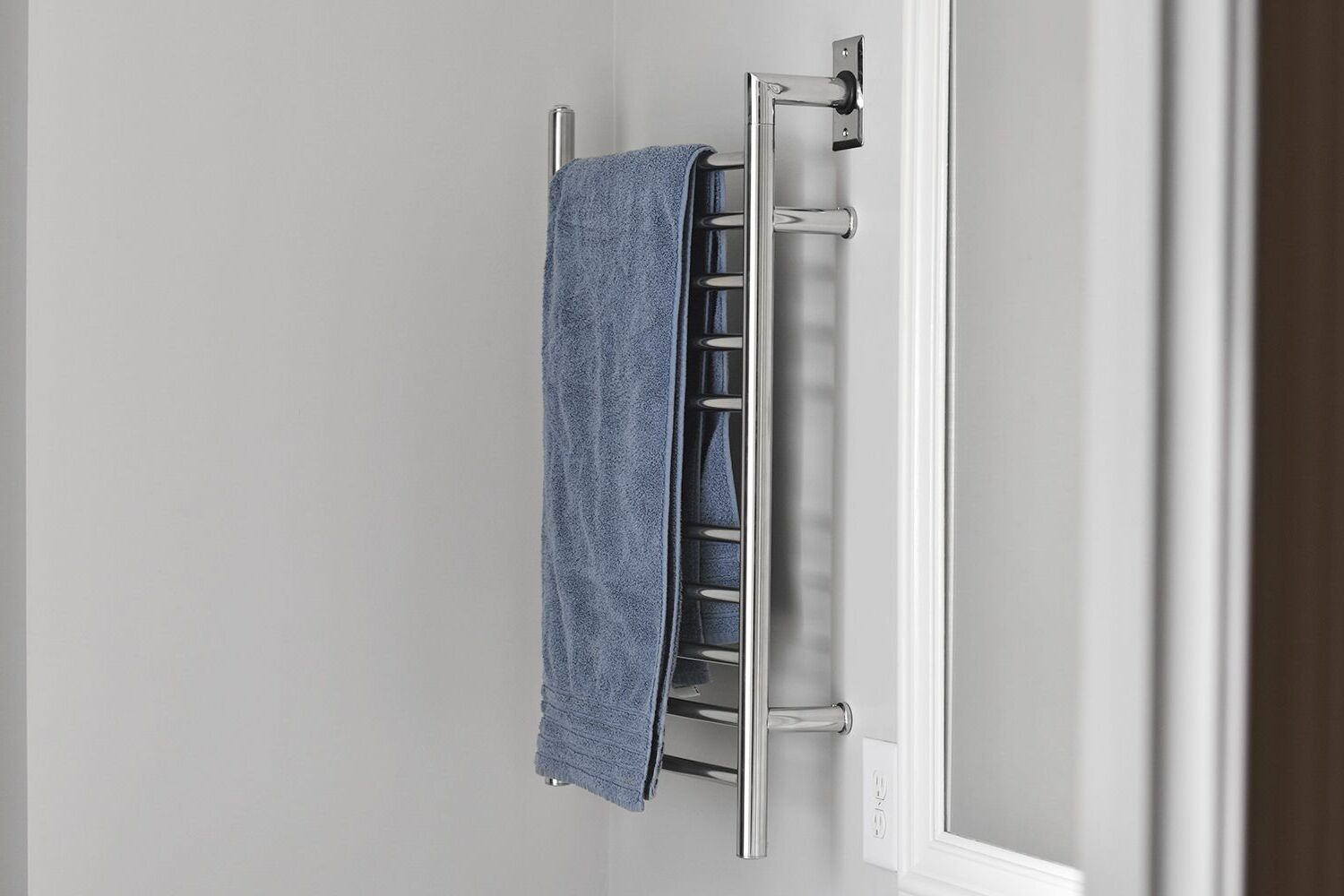

0 thoughts on “How To Choose And Install The Right Bathroom Tankless Water Heater”